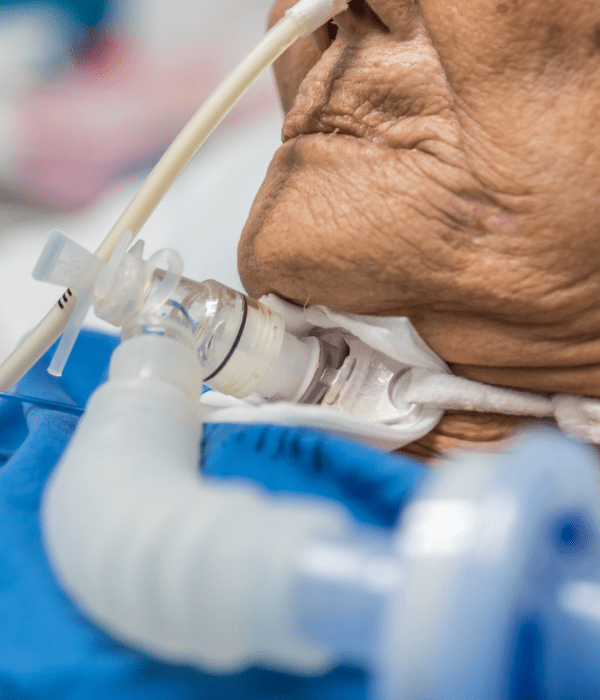What is Long-Term Ventilator?
Long-term ventilators are medical devices designed to provide mechanical ventilation for individuals who have experienced a sudden inability to sustain spontaneous breathing due to an underlying health condition. These conditions can include chronic obstructive pulmonary disease (COPD), neuromuscular diseases, chest trauma, and brain injury. The ventilator delivers air or other gases through a face mask, tracheostomy tube, or endotracheal tube into the lungs of its user. This helps the patient to breathe by providing oxygen or removing carbon dioxide from their bloodstream.
Difficulties Faced By Patients On Long-Term Ventilation
Patients who require long-term ventilatory support often experience a range of difficulties related to their illness, the equipment used for ventilation, and the associated lifestyle changes that come with relying on a long-term ventilation device. These difficulties can include:
- Difficulty with mobility due to being bedbound for long periods.
- Stress or psychological distress associated with loss of independence.
- Risk of developing secondary infections due to prolonged hospitalisation.
- Issues with skin integrity due to pressure points caused by the equipment.
- Stress on caregivers and family members due to increased caregiving duties.
- Increased risk of developing respiratory depression if not monitored correctly.
- Overheating caused by air restriction which can lead to discomfort.

